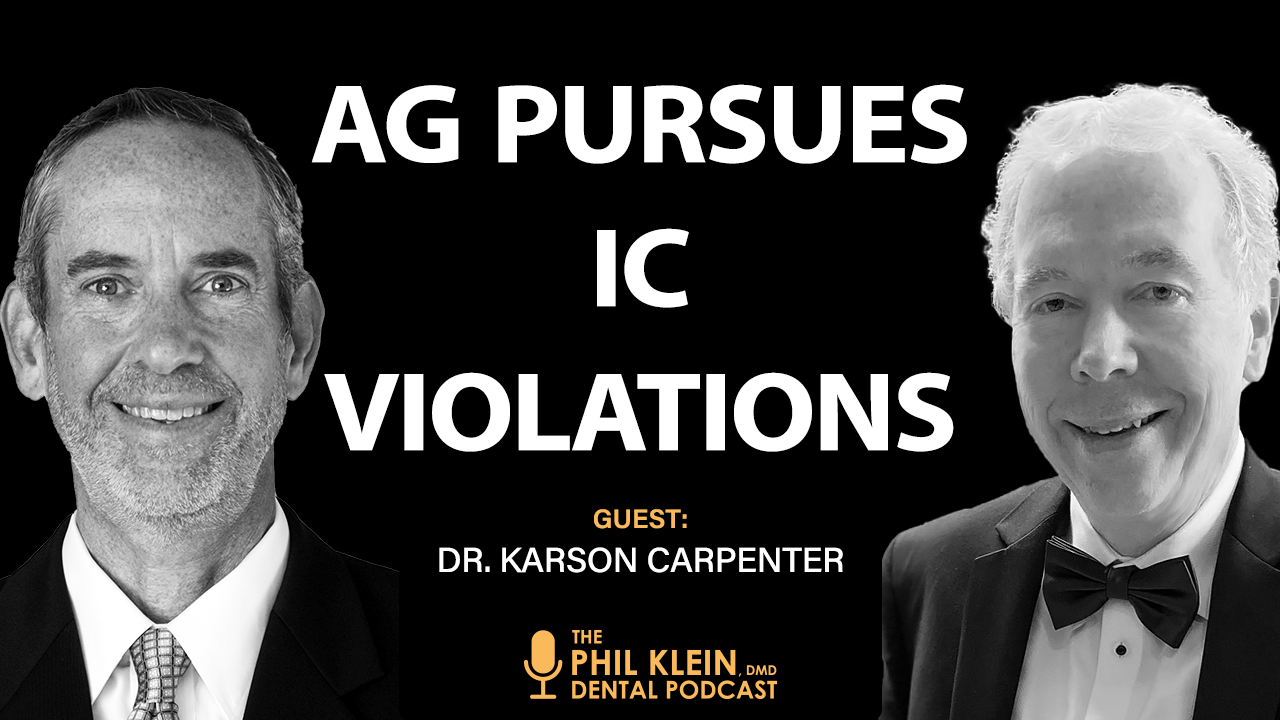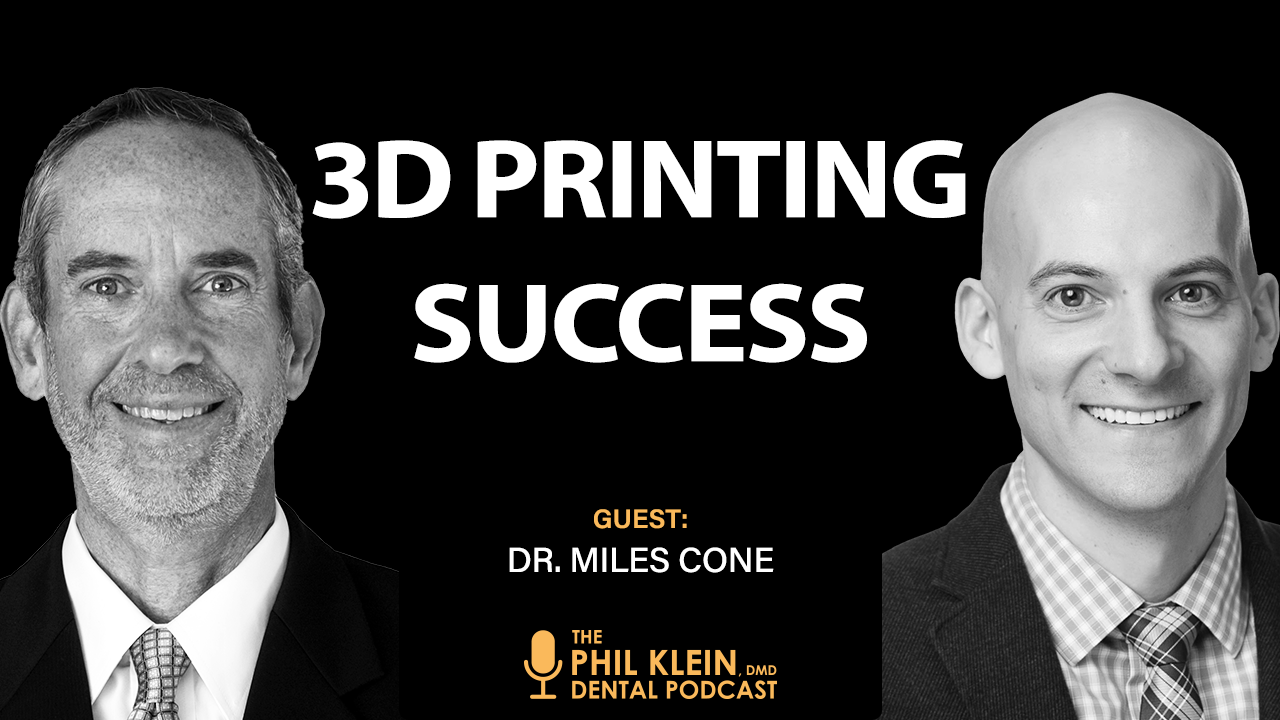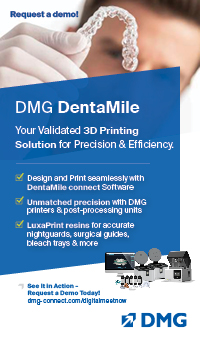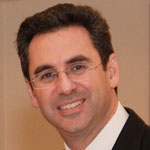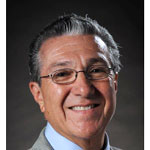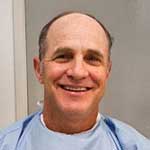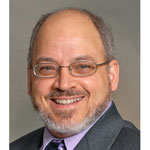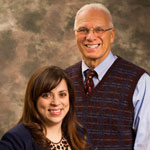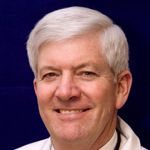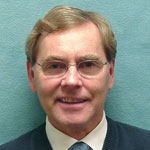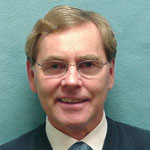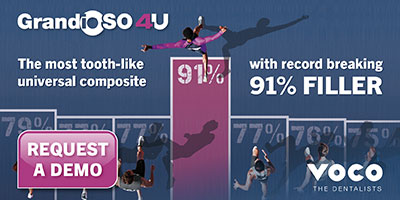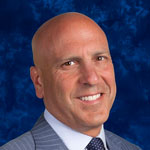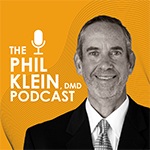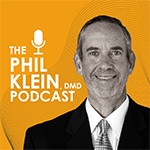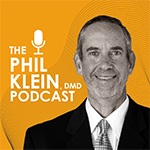Search for On-Demand CE - Earn Self-Study CEU Now!
|
|
Presenter: Dr. Wynn Okuda CE Supporter: GC America Release Date: 6/25/14 Reviewed: 2025 Expiration Date: 6/25/28 CE Credits: 1 CEU (Self-Study) View Full Description » |
|
|
Presenter: Dr. Nick Barker CE Supporter: Viva Learning Release Date: 6/25/14 Reviewed: 2025 Expiration Date: 6/25/28 CE Credits: 1 CEU (Self-Study) View Full Description » |
|
|
Presenter: Dr. Lisa Alvetro CE Supporter: Solventum (formerly 3M Health Care) Release Date: 6/20/14 Reviewed: 2025 Expiration Date: 6/20/28 CE Credits: 1 CEU (Self-Study) View Full Description » |
|
|
Presenter: Dr. Sam Simos CE Supporter: VOCO America Release Date: 6/19/14 Reviewed: 2025 Expiration Date: 6/19/28 CE Credits: 1 CEU (Self-Study) View Full Description » |
|
|
Presenter: Dr. Martin Jablow CE Supporter: Viva Learning Release Date: 6/18/14 Reviewed: 2025 Expiration Date: 6/18/28 CE Credits: 1 CEU (Self-Study) View Full Description » |
|
|
Presenter: Dr. Marshall Fagin CE Supporter: Ivoclar Release Date: 6/11/14 Reviewed: 2025 Expiration Date: 6/11/28 CE Credits: 1 CEU (Self-Study) View Full Description » |
|
|
Presenter: Dr. Lee Ann Brady CE Supporter: Ivoclar Release Date: 6/10/14 Reviewed: 2025 Expiration Date: 6/10/28 CE Credits: 1 CEU (Self-Study) View Full Description » |
|
|
Presenter: Cathy Sundvall CE Supporter: Solventum (formerly 3M Health Care) Release Date: 6/6/14 Reviewed: 2025 Expiration Date: 6/6/28 CE Credits: 1 CEU (Self-Study) View Full Description » |
|
|
Presenter: Sally McKenzie CE Supporter: Practice Management Release Date: 6/4/14 Reviewed: 2025 Expiration Date: 6/4/28 CE Credits: 1 CEU (Self-Study) View Full Description » |
|
|
Presenter: Alan Budenz, MS, DDS, MBA CE Supporter: Septodont Release Date: 6/4/14 Reviewed: 2025 Expiration Date: 6/4/28 CE Credits: 1 CEU (Self-Study) View Full Description » |
|
|
Presenter: Dr. Todd Engel CE Supporter: Viva Learning Release Date: 5/28/14 Reviewed: 2025 Expiration Date: 5/28/28 CE Credits: 1 CEU (Self-Study) View Full Description » |
|
|
Presenter: Dr. Jose-Luis Ruiz CE Supporter: VOCO America Release Date: 5/22/14 Reviewed: 2025 Expiration Date: 5/22/28 CE Credits: 1 CEU (Self-Study) View Full Description » |
|
|
Presenter: Dr. Robert Levin CE Supporter: Septodont Release Date: 5/21/14 Reviewed: 2025 Expiration Date: 5/21/28 CE Credits: 1 CEU (Self-Study) View Full Description » |
|
|
Presenter: Dr. Mark Duncan CE Supporter: Viva Learning Release Date: 5/13/14 Reviewed: 2025 Expiration Date: 5/13/28 CE Credits: 1 CEU (Self-Study) View Full Description » |
|
|
Presenter: Dr. John Comisi CE Supporter: Septodont Release Date: 5/7/14 Reviewed: 2025 Expiration Date: 5/7/28 CE Credits: 1 CEU (Self-Study) View Full Description » |
|
|
Presenter: Dr. Sam Simos CE Supporter: GC America Release Date: 5/7/14 Reviewed: 2025 Expiration Date: 5/7/28 CE Credits: 1 CEU (Self-Study) View Full Description » |
|
|
Presenter: Dr. John Molinari and Peri Nelson CE Supporter: Dental Advisor Release Date: 5/5/14 Reviewed: 2025 Expiration Date: 5/5/28 CE Credits: 2 CEU (Self-Study) View Full Description » |
|
|
Presenter: Dr. David Rice CE Supporter: Ivoclar Release Date: 4/22/14 Reviewed: 2025 Expiration Date: 4/22/28 CE Credits: 1 CEU (Self-Study) View Full Description » |
|
|
Presenter: Dr. Daniel Ward CE Supporter: GC America Release Date: 4/16/14 Reviewed: 2025 Expiration Date: 4/16/28 CE Credits: 1 CEU (Self-Study) View Full Description » |
|
|
Presenter: Cathy Sundvall CE Supporter: Solventum (formerly 3M Health Care) Release Date: 4/11/14 Reviewed: 2025 Expiration Date: 4/11/28 CE Credits: 1 CEU (Self-Study) View Full Description » |
|
|
Presenter: Sally McKenzie CE Supporter: Practice Management Release Date: 4/9/14 Reviewed: 2025 Expiration Date: 4/9/28 CE Credits: 1 CEU (Self-Study) View Full Description » |
|
|
Presenter: Dr. Carol Tait CE Supporter: Viva Learning Release Date: 4/9/14 Reviewed: 2025 Expiration Date: 4/9/28 CE Credits: 1 CEU (Self-Study) View Full Description » |
|
|
Presenter: Dr. Fredrik Bergstrand CE Supporter: Solventum (formerly 3M Health Care) Release Date: 4/4/14 Reviewed: 2025 Expiration Date: 4/4/28 CE Credits: 1 CEU (Self-Study) View Full Description » |
|
|
Presenter: Dr. Lee Ann Brady CE Supporter: Kulzer Release Date: 4/2/14 Reviewed: 2025 Expiration Date: 4/2/28 CE Credits: 1 CEU (Self-Study) View Full Description » |
|
|
Presenter: Dr. Fredrik Bergstrand CE Supporter: Solventum (formerly 3M Health Care) Release Date: 3/28/14 Reviewed: 2025 Expiration Date: 3/28/28 CE Credits: 1 CEU (Self-Study) View Full Description » |
|
|
Presenter: Dr. Robert Miller CE Supporter: Viva Learning Release Date: 3/28/14 Reviewed: 2025 Expiration Date: 3/28/28 CE Credits: 1 CEU (Self-Study) View Full Description » |
|
|
Presenter: Dr. Anil Idiculla CE Supporter: VOCO America Release Date: 3/26/14 Reviewed: 2025 Expiration Date: 3/26/28 CE Credits: 1 CEU (Self-Study) View Full Description » |
|
|
Presenter: Dr. Stephen Carstensen CE Supporter: Viva Learning Release Date: 3/26/14 Reviewed: 2025 Expiration Date: 3/26/28 CE Credits: 0 CEU (Self-Study) View Full Description » |
|
|
Presenter: Dr. John Comisi CE Supporter: Pulpdent Release Date: 3/25/14 Reviewed: 2025 Expiration Date: 3/25/28 CE Credits: 1 CEU (Self-Study) View Full Description » |









